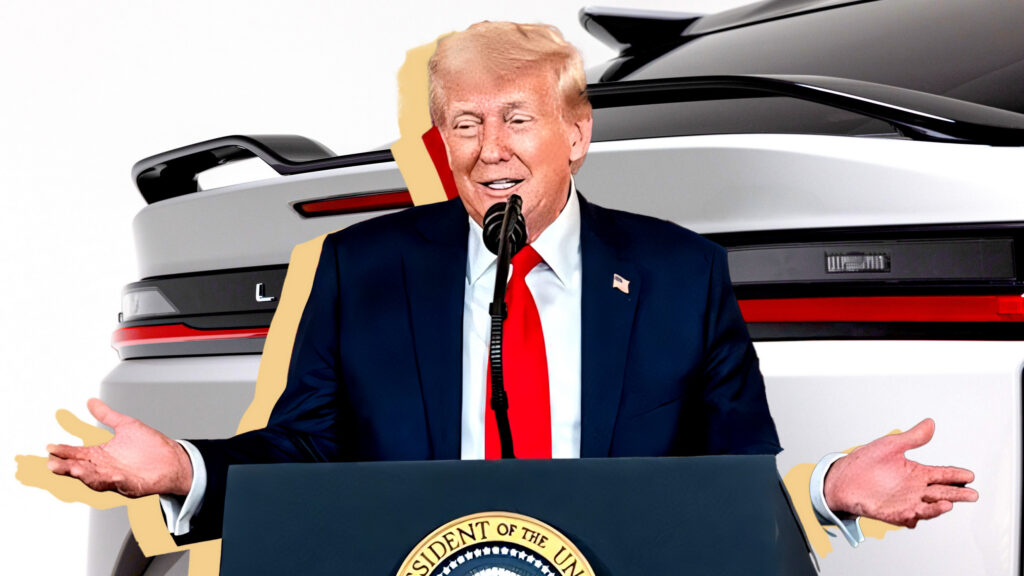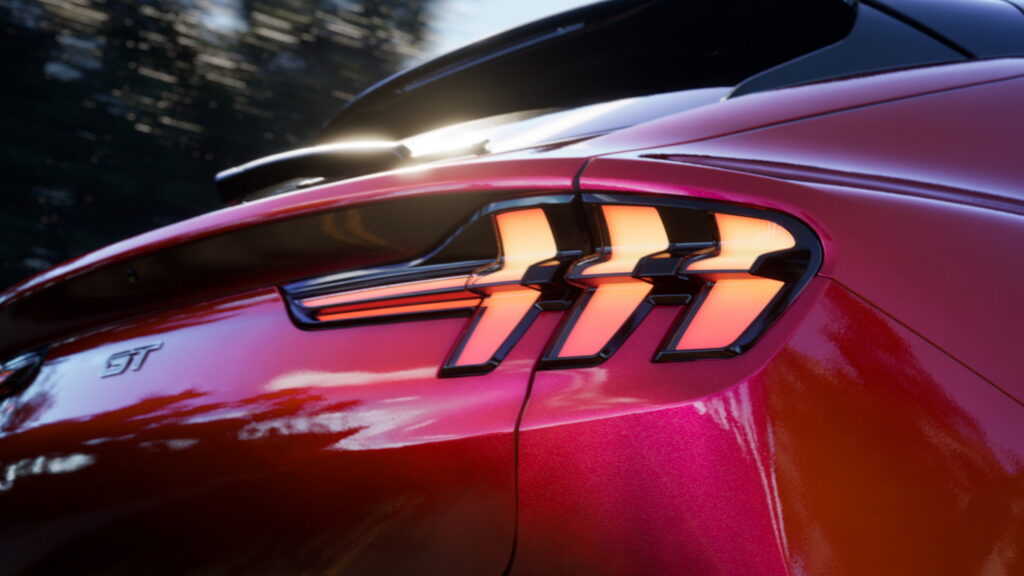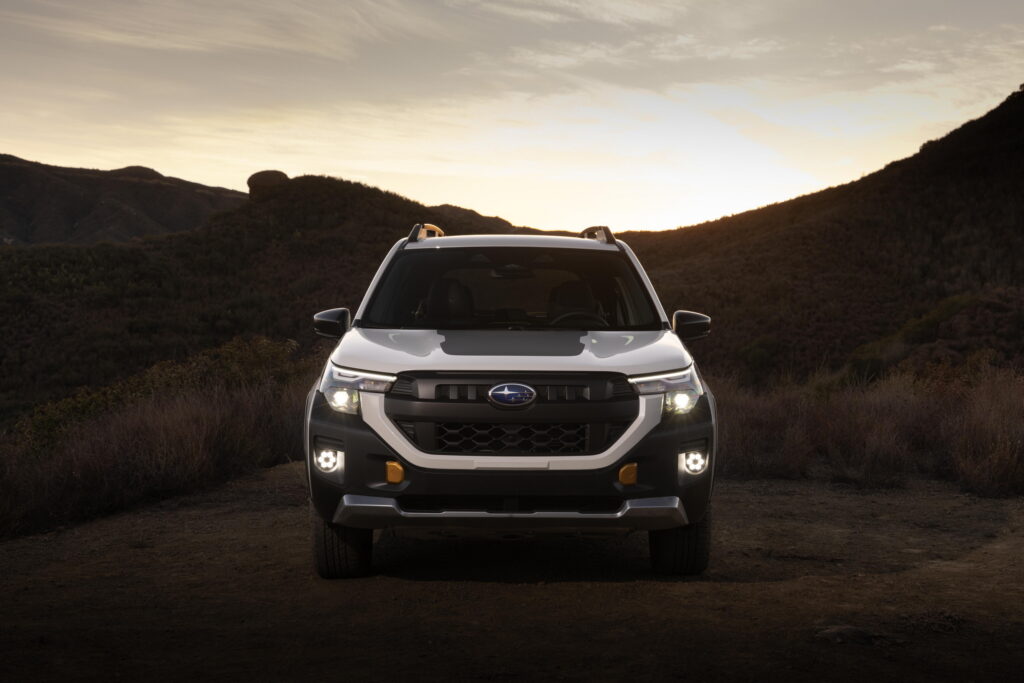Tariff Effects

For those considering buying a new car in the United States, it’s time to brace for higher prices. The automotive industry is grappling with new tariffs that are set to increase the cost of new vehicles by an average of $1,760. This change will mostly affect consumers as car companies are expected to pass along about 80% of the increased costs.
Major Players

Major American automakers such as General Motors (GM) and Ford are already feeling the heat. GM forecasts a financial loss of $5 billion due to tariffs this year, while Ford is predicting a $2.5 billion impact. In response, Ford has announced a price hike on some Mexican-made models like the Maverick, Bronco Sport, and Mustang Mach-E, potentially increasing their prices by up to $2,000.
Future Prospects

There could be some hope for relief as tariff levels might decrease. AlixPartners, a consultancy firm, suggests that the current 25% tariff could potentially drop to as low as 7.5% as new international trade deals are inked. Tariffs on auto parts might also decrease to 5%, particularly for vehicles that comply with the USMCA (United States-Mexico-Canada Agreement).
EV Market Impact
The tariffs are likely to have a lasting impact on the electric vehicle (EV) market, too. Coupled with the anticipated removal of EV tax subsidies, consumer interest in EVs might dwindle. AlixPartners predicts that EVs will only account for 17% of U.S. car sales by 2030, down from a previous estimate of 31%. In contrast, traditional internal combustion engines are expected to hold about 50% of the market share, with hybrids making up 27%, and plug-in hybrids just 6%.
Behind the Wheel
Driving these impacted vehicles like the Ford Mustang Mach-E or Maverick likely won’t feel different, but the financial hit will certainly be noticeable. The Mach-E, for instance, combines the thrill of a performance vehicle with electric efficiency, providing an impressive blend of speed and sustainability. However, it now faces a steeper purchase price, making it less accessible to potential buyers. Comparing it to classic muscle cars or even traditional SUVs, the electric options previously had a cost advantage that may now be dwindling.
Conclusion
These tariffs introduce a new dynamic in the automotive market, potentially reshaping consumer behavior and market shares across vehicle types. The road ahead may see shifts not just in pricing but also in the types of vehicles that dominate American roads.
Demon 170's Value Drop
Gas-Powered Chargers Revamp
Bronco Airbag Recall
Tesla's Robotaxi Push
Model Y Gets Roomier